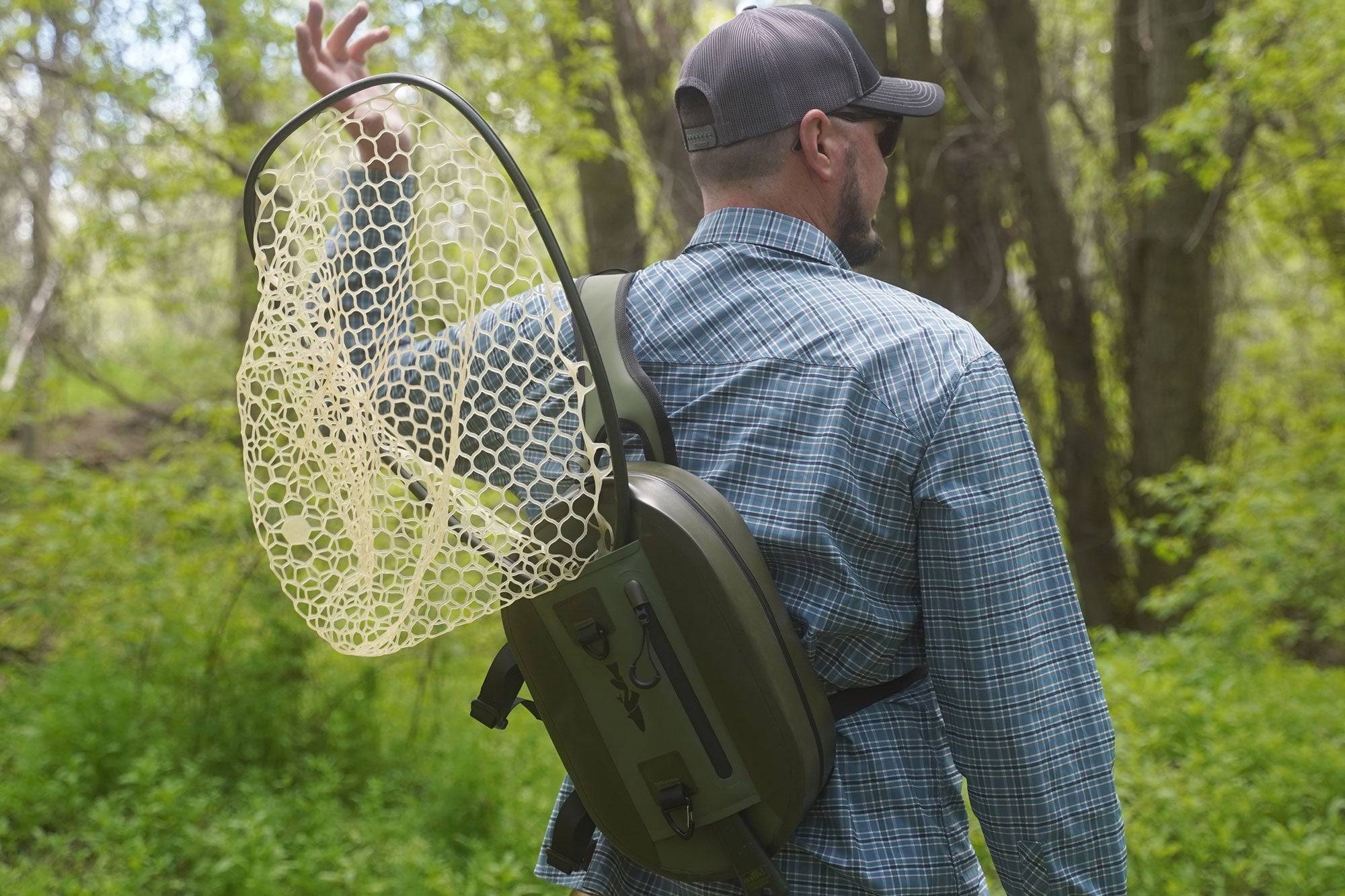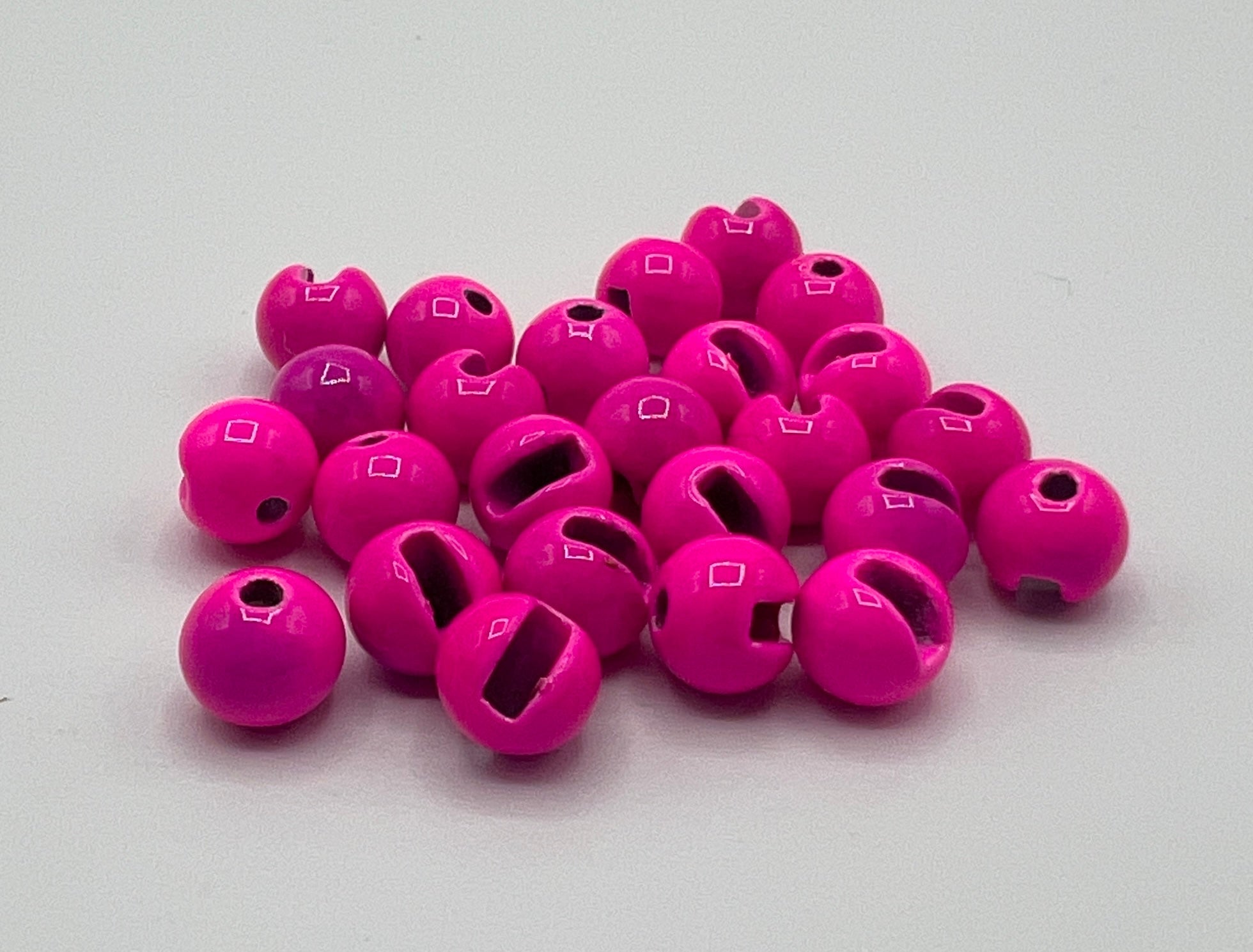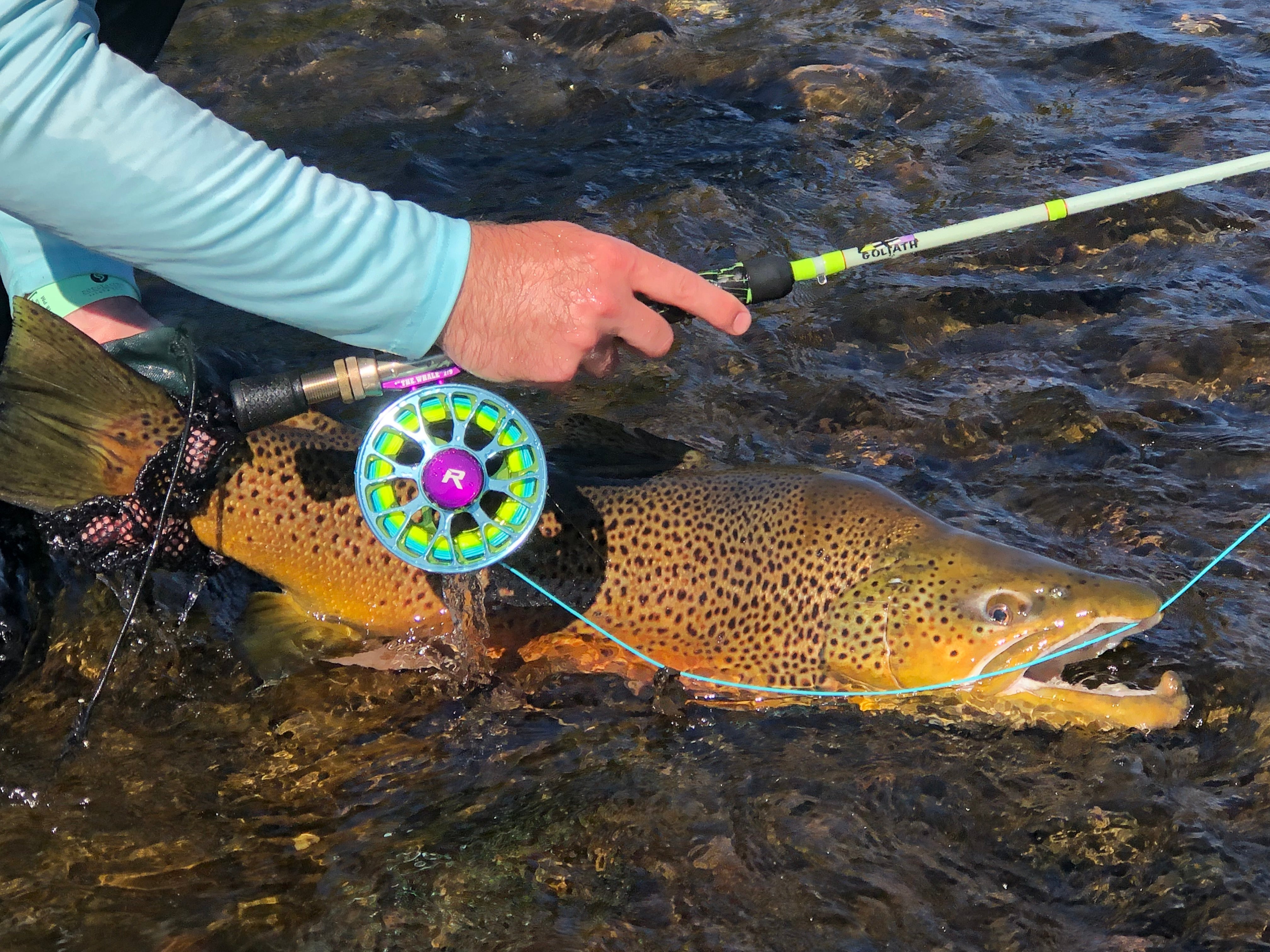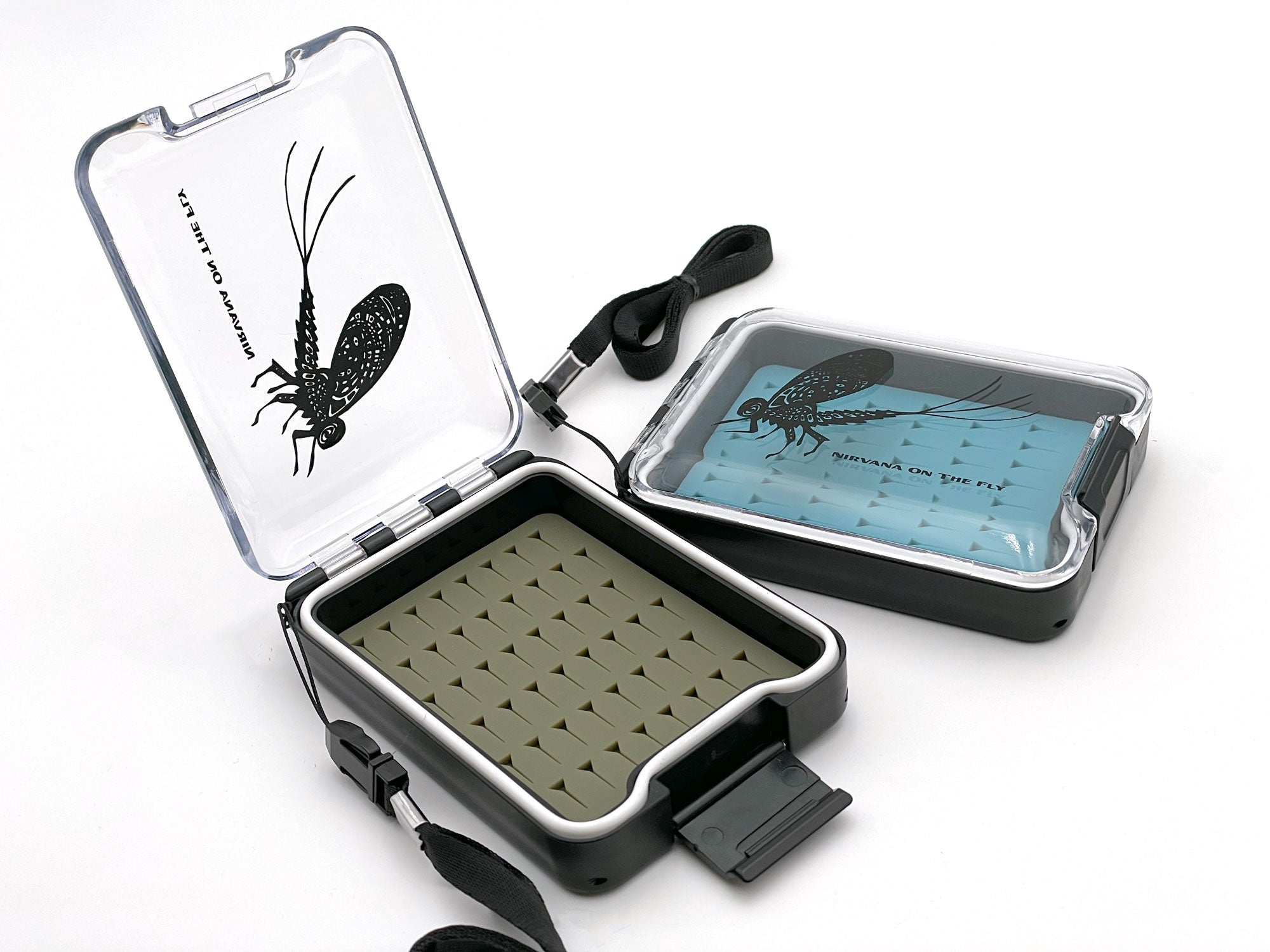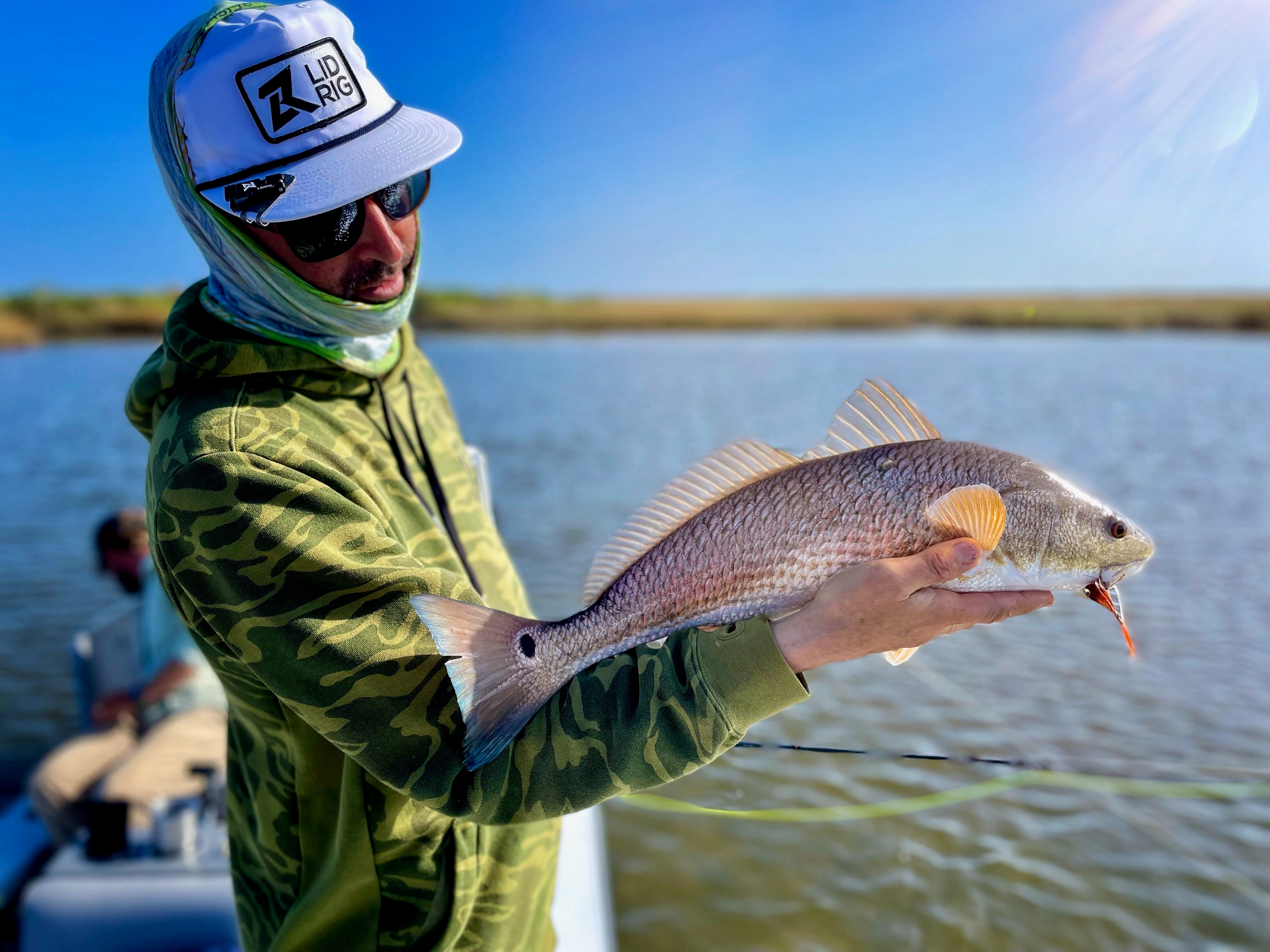OSSCP Fly Selection Formula for Success
Let's delve into the “OSSCP” Formula and provide explanations for each characteristic tailored to fly selection. First, we can walk through the overall formula so you can understand how I visualize it systematically and as a tool. Observation and Presentation bracket and hold everything together by being the most powerful elements. Then, in order of importance, it is Silhouette, Size, then Color to finalize your decision-making process. You’ve likely heard this phrase before, “the flies are for the angler!” This means the real importance is the observation of what fish are eating. The next level of importance is that the fly has to look relatively similar, and as you observed and now are presenting, you must locate your drift in the right location. When I mention location, I mean the correct feeding lane and the correct position in the water column. The actual fly itself only needs to resemble the “natural” and is not required to be an exact replica.

O Observation:
- Importance: Before making any fly selection, observation is pivotal. This step involves closely studying the environment, the water conditions, the insects around and on the water, and most importantly, how often and where in the water column they are feeding. Natural insect activity provides crucial insights, so look for fly slection decision-making details in the where, what, how often sequence.
- Why: By observing, you can discern what the fish might be feeding on. Matching this will make your fly selection more effective. It's the foundation of the "match the hatch" principle, where anglers select fly patterns that closely resemble the insects fish are feeding on at any given time.
S Silhouette:
- Importance: The silhouette or outline of the fly is often the first thing a fish notices. It's about the general shape and profile the fly presents. Are the front-to-back and side-to-side outlines equal or close in measurement? Take silhouette into high consideration when making your fly selection.
- Why: Even if the color or size is slightly off, if the silhouette closely mimics that of the prevalent food source, fish are more likely to strike. A misshaped silhouette can be easily recognized as foreign by wary fish, making it crucial to get this aspect right.
S Size:
- Importance: After the silhouette, the size of the fly plays a paramount role. It's about ensuring your fly isn't too large or too small compared to the natural insects or prey in the environment.
- Why: Fish can be very particular about the size of the prey they're targeting. Especially in clear waters or where fish are heavily pressured, presenting a fly that's disproportionately sized can turn fish off. The basic concept here is to mimic and not offset too much to cause reason for concern.
C Color:
- Importance: While color might not always be the first thing a fish notices, it can certainly be the detail that seals the deal or raises suspicion. It’s also a key confidence builder for anglers during fly selection, which can alter the entire process.
- Why: Different water conditions, light levels, and natural insect variations mean that color can be a variable factor. However, in clear water or during specific hatches, matching the color can be the difference between success and failure.
P Presentation:
- Importance: Even if you've nailed the observation and you fly selection is perfect in terms of silhouette, size, and color, the way you present it is ultimately the most crucial aspect. Don't forget that.
- Why: Fish are not just looking for the right prey; they're looking for the right behavior. If a mayfly imitation lands too hard on the water or a nymph pattern doesn't drift naturally, fish might be spooked. A perfect presentation ensures that the fly behaves in a manner consistent with the natural insects or prey items in the environment, making it irresistible to fish.
In essence, OSSCP serves as a comprehensive guide to the perfect fly selection to ensure fly fishermen can maximize their chances of success. By meticulously following each step, anglers can make informed decisions that align their fly selection with the preferences and behaviors of the fish they're targeting.
However, the most important stage of OSSCP is Presentation. If you enjoyed this breakdown article you well appreciate the "Formula for Systematizing Your Cast for a Perfect Drift" Article. Here I breakdown the various zones of an effective cast.
Start masting your dry fly fishing and check out the How to Identify a BWO in this article. Followed by the next step of learning more about how to fish a BWO in this article.
Need dry flies? I've found great pricing from The Fly Crate. They have a good selection, the pricing is right, and my flies don't fall apart. I like filling my box with the basics and especially those that take alot of time and effort to tye like small mayflies, foam, etc.

By Christian Bacasa
Host of the Fly Fishing Insider Podcast
www.ffipodcast.com
@flyfishinginsiderpodcast
@dupeafish
Watch on YouTube


